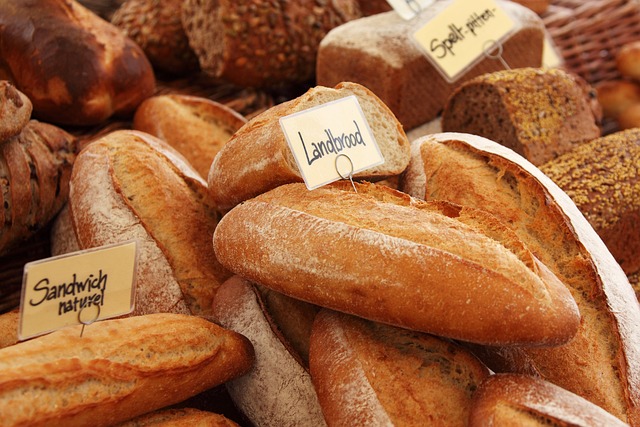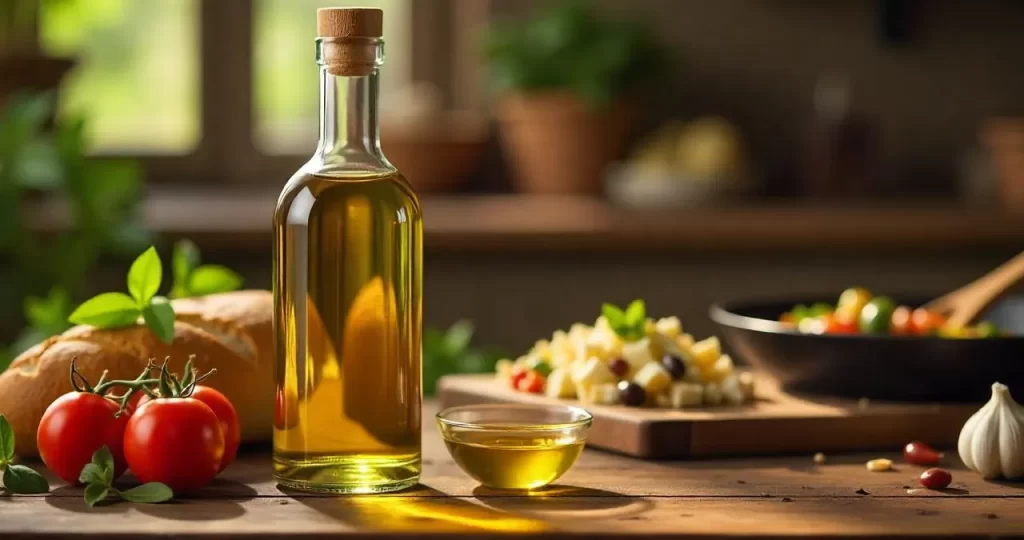Craftsmanship on Display – The Rise of Artisanal Foods in Expositions

Introduction
In the modern age of convenience and mass production, there has been a rekindled appreciation for the art of craftsmanship and authenticity. This renaissance of artisanal goods extends beyond the realm of textiles and furniture; it has given rise to a remarkable revival in the world of food. Artisanal foods, known for their dedication to traditional techniques and high-quality ingredients, have found their moment in the spotlight at various expositions around the globe. In this comprehensive guide, we will delve into the captivating journey of artisanal food exhibition, exploring their historical significance, the rise of their prominence in expositions, and the ways in which they allure the hearts and palates of consumers.
The Roots of Artisanal Food
Artisanal food production dates back centuries, with roots deeply embedded in regional culinary traditions. These methods prioritize quality over quantity, embracing slow processes that yield exceptional flavor profiles. While mass-produced foods often prioritize shelf stability and uniformity, artisanal producers prioritize handcrafted excellence.
Historically, artisanal foods were local treasures, tightly bound to specific communities and cultures. However, with advancements in transportation and communication, these culinary gems began to transcend borders and captivate a global audience. The revival of interest in traditional techniques sparked a renewed desire for unique flavors and a connection to the past, driving the resurgence of artisanal foods.
The Role of Expositions
Expositions, also known as world’s fairs, have played an essential role in showcasing human achievements and advancements since the 19th century. Initially, these events focused on innovations in industry and technology, but over time, they evolved to celebrate cultural diversity and creativity. In this transition, artisanal foods found their platform to shine.
Artisanal foods offer a direct link to a region’s history, culture, and natural resources. Expositions provide the perfect stage for artisans to share their stories, allowing visitors to engage with the food’s origins and the craftsmanship behind its creation. From cheese wheels matured in ancient caves to handcrafted chocolates infused with locally sourced herbs, artisanal foods narrate tales of terroir and tradition.
Captivating the Senses
One of the most captivating aspects of artisanal foods is their ability to engage the senses. In a world accustomed to processed and standardized fare, the visual, olfactory, and gustatory appeal of handcrafted foods is truly enchanting. Expositions harness this sensory engagement, creating an immersive experience for visitors.
At these events, artisans often demonstrate their craft in real time, offering a glimpse into the labor-intensive processes that result in exquisite final products. Visitors can witness the kneading of dough, the aging of cheeses, and the artful decoration of confections. This hands-on approach bridges the gap between producers and consumers, fostering an appreciation for the dedication required to create such delicacies.
Preservation of Culinary Heritage
Artisanal foods act as custodians of culinary heritage, preserving traditional recipes and techniques that might otherwise be lost in the tide of modernization. Expositions provide a unique opportunity for artisans to pass down these traditions to future generations.
By participating in expositions, artisans ensure that their skills are documented and shared. This documentation serves as a valuable resource for culinary historians and aspiring artisans alike, maintaining the legacy of traditional food production methods for years to come.
Economic and Environmental Impact
The rise of artisanal foods also presents significant economic and environmental advantages. These products often utilize locally sourced ingredients and support small-scale farming practices, contributing to sustainable agriculture and minimizing the carbon footprint associated with long supply chains.
Furthermore, artisans tend to emphasize quality over quantity, resulting in products that are made to last. This shift away from disposable culture aligns with the principles of reducing waste and promoting a circular economy. By championing artisanal foods, consumers contribute to a more sustainable future.
Global Culinary Diplomacy
Expositions draw attendees from all corners of the world, creating a diverse and receptive audience for artisanal foods. This global platform enables artisans to become ambassadors of their culture, fostering understanding and appreciation through gastronomy.
Artisanal foods can transcend language barriers and political differences, offering a shared experience that unites people through their palates. The exchange of flavors and techniques at expositions becomes a form of culinary diplomacy, enriching international relationships through shared gustatory pleasures.
Conclusion
In a world driven by mass production and technological advancement, the revival of artisanal foods is a testament to the enduring appeal of craftsmanship and authenticity. Expositions have played a pivotal role in this resurgence, offering artisans a stage to showcase their talents and connect with a global audience. The sensory engagement, preservation of culinary heritage, economic and environmental benefits, and culinary diplomacy associated with artisanal foods all contribute to their profound impact on modern society.
As we continue to celebrate the artisans behind these delectable creations, it is imperative to recognize the significance of their contributions. From the storied caves of aged cheeses to the fragrant workshops of artisan chocolatiers, the world of artisanal foods has found its place in the spotlight, enriching our lives one exquisite bite at a time.



